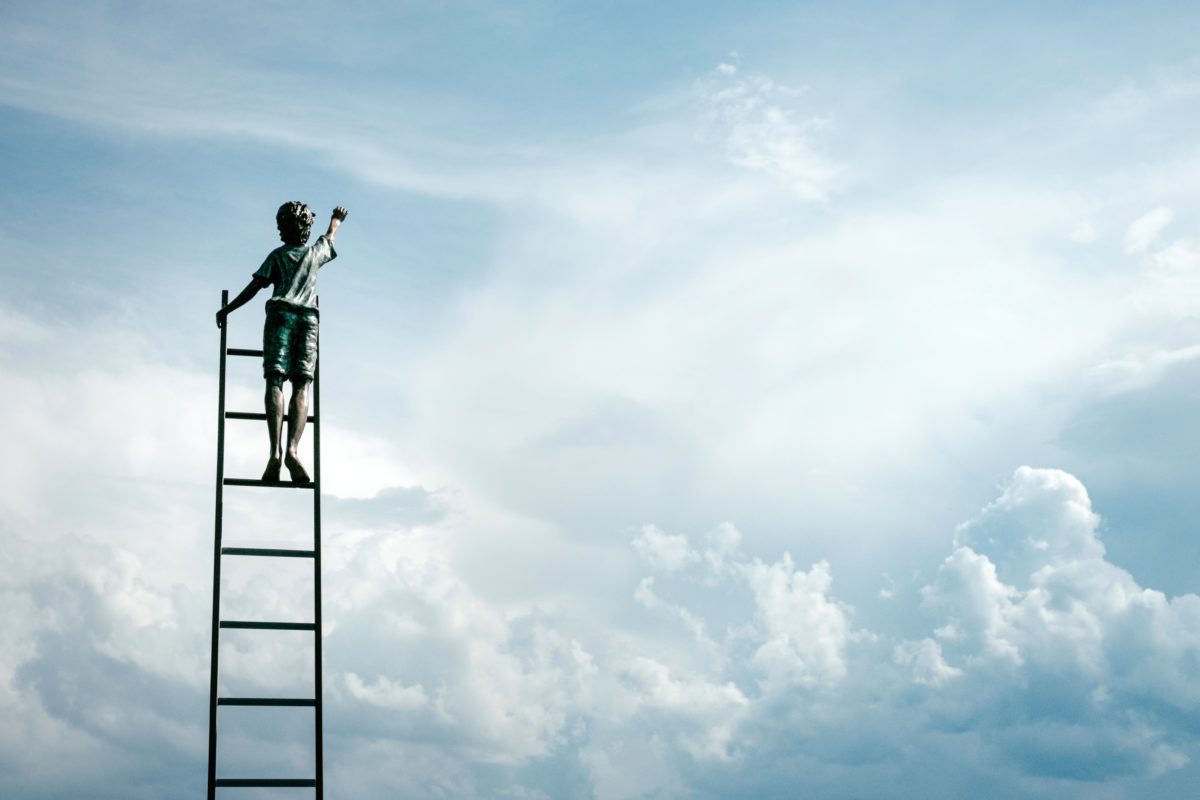The Afterlife, end or the beginning..
Believing in an afterlife—some form of life beyond death—is one of humanity’s oldest and most enduring questions. For many, it offers comfort and justice; for others, it is a source of fear, hope, or philosophical speculation. Across centuries and civilizations, visions of what happens after death have inspired rituals, laws, art, and entire ways of living.
The afterlife is not a single story but a mosaic of interpretations. Each culture, religion, and philosophy has woven its own answer, sometimes overlapping and sometimes diverging completely. What unites them is the impulse to wonder: if life ends, does something of us continue?
Global Patterns of Belief
Modern surveys show that belief in life after death is still widespread. In places such as Indonesia and Kenya, more than four in five adults affirm that some form of afterlife exists. In Europe and Japan, the numbers are much lower, with fewer than a quarter of adults affirming the same. Age and gender matter: older adults and women are statistically more likely to affirm belief.
Religiosity also plays a key role. Those who attend religious services regularly almost always express stronger conviction in an afterlife, while secular or unaffiliated populations are less certain. Still, even among those who call themselves atheist or agnostic, some continue to imagine continuity—whether through memory, influence, or legacy.
Ancient Foundations
Archaeological evidence suggests that humans have been contemplating death and what follows for tens of thousands of years. Burial sites from the Paleolithic era show bodies interred with tools, food, and ornaments—signs that early humans expected the dead to need provisions in another realm.
Ancient Mesopotamian texts describe shadowy underworlds. Egyptians believed in a complex journey through the land of the dead, where the heart would be weighed against the feather of truth. Greek thinkers imagined Hades, Elysium, or reincarnation, while Norse mythology pictured Valhalla, where warriors would feast eternally.
These visions varied, but they reveal the same longing: to make sense of mortality and to shape behavior in life through imagined consequences in death.
The Great Religious Traditions
Christianity
For Christians, death is not the end but the doorway to eternal life. Heaven is often imagined as union with God, while hell represents separation. The resurrection of Jesus is seen as a promise that believers, too, will rise. Across denominations, details differ, but the central conviction remains: life continues in a transformed way.
Islam
Muslims believe in a Day of Judgment when every soul is held accountable. Paradise is described in terms of peace, gardens, and closeness to God; hell as a place of separation and suffering. The afterlife is both reward and warning, deeply connected to the moral choices of this life.
Hinduism and Buddhism
These traditions center on cycles. Death leads not to finality but to rebirth. The actions one takes—karma—shape the conditions of future life. Liberation (moksha or nirvana) is the escape from this cycle, a state of profound freedom and peace. The afterlife, therefore, is less a destination than a process of transformation.
Judaism
Jewish views of the afterlife vary widely. Some texts emphasize Sheol, a shadowy place of the dead; others highlight resurrection or the “world to come.” Many Jewish thinkers emphasize this life more than speculating on the next, stressing ethics, justice, and community as the primary concern.
Indigenous and Folk Religions
Countless cultures honor ancestors, envision spirits, or imagine layered worlds. For example, many African traditions see the dead as active participants in community life, guiding and protecting descendants. Native American traditions often link the afterlife to harmony with nature, cycles, and spirit journeys. These views remind us that death is not a private event but woven into the fabric of the community.
Philosophical and Secular Views
Not all explorations of the afterlife are religious. Philosophers such as Plato argued for the immortality of the soul, while others like Epicurus claimed that death is the end and not to be feared. Modern existentialists like Jean-Paul Sartre or Albert Camus encouraged living fully without expectation of another world.
Science has added its voice, focusing on consciousness, memory, and legacy. While neuroscience suggests that personal identity is rooted in the brain, some researchers explore near-death experiences, reporting sensations of light, detachment, or peace. Whether these reflect brain chemistry or something beyond remains debated.
For secular humanists, the afterlife may be less about personal continuation and more about the impact we leave: our children, our contributions, the stories others tell. In this view, immortality is memory, influence, or the ripple of our actions.
Functions of Afterlife Beliefs
Why have afterlife beliefs endured? They serve practical and psychological functions:
-
Moral framework: When societies imagine consequences beyond death, they encourage ethical behavior in life.
-
Comfort in grief: Believing loved ones live on softens the pain of loss.
-
Existential meaning: An afterlife offers hope that life’s struggles have purpose.
-
Social cohesion: Shared rituals—funerals, prayers, memorials—bind communities together.
The Arts of Death
Belief in an afterlife has shaped art, architecture, and ritual. The pyramids of Egypt, cathedrals of Europe, Buddhist stupas, Hindu cremation ceremonies, Día de los Muertos in Mexico—all testify to the creative power of imagining what comes next.
Music, too, is filled with afterlife longing. From requiems and chants to blues and gospel songs, art translates the mystery of death into beauty. Literature—Dante’s Divine Comedy, the Tibetan Book of the Dead, countless myths—turns speculation into vivid imagery.
Contemporary Shifts
Today, the afterlife is imagined in both traditional and innovative ways. Some envision digital immortality: preserving consciousness through technology, uploading memories to servers, or living on in virtual reality. Others embrace ecological metaphors—returning to the earth, nourishing soil, joining cosmic cycles.
The diversity is striking: in the same neighborhood, one person may believe in heaven, another in reincarnation, another in nothing, and another in a simulation. Globalization and pluralism mean more people are exposed to multiple narratives, and many blend them—believing partly in karma, partly in heaven, partly in legacy.
Living in Light of Death
Ultimately, reflections on the afterlife are not only about tomorrow—they shape today. If one believes that deeds are judged, one may act justly. If one believes life is fleeting, one may seize the moment. If one believes ancestors watch, one may honor traditions. If one believes there is nothing, one may craft meaning here and now.
The afterlife, whether literal or metaphorical, is a mirror. It reflects our hopes, fears, and values back at us. It reminds us that we are finite, and that our choices matter.
Final Reflection
No single answer satisfies everyone. But perhaps that is the point: the mystery invites humility. Death, and what follows, remains one of the last horizons. Whether we picture eternal reward, endless cycles, ancestral presence, digital legacy, or nothing at all, the question challenges us to live with intention.
The afterlife is not only about what happens after we die—it is about how we live before we do.
Photo by Samuel Zeller on Unsplash

